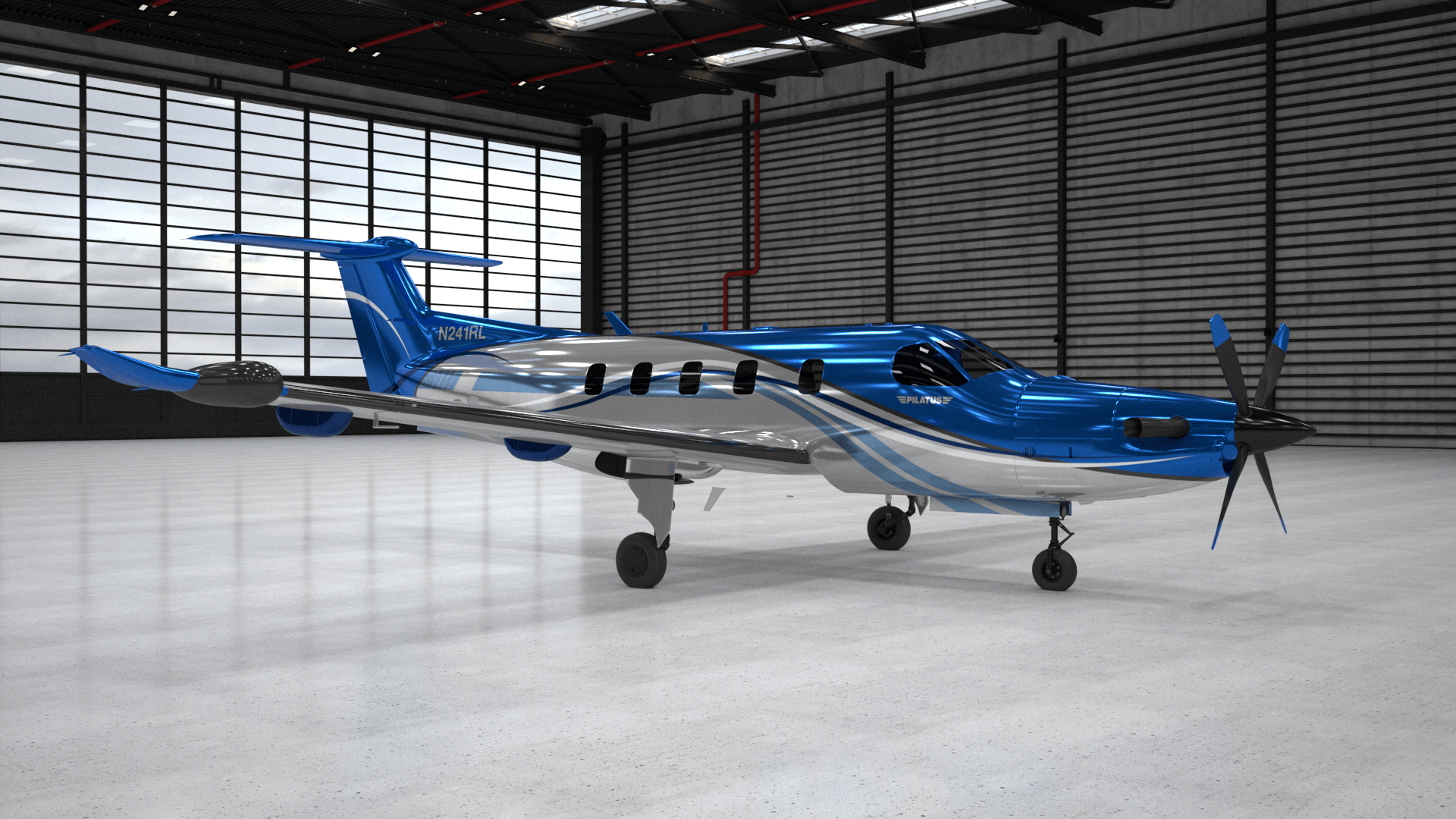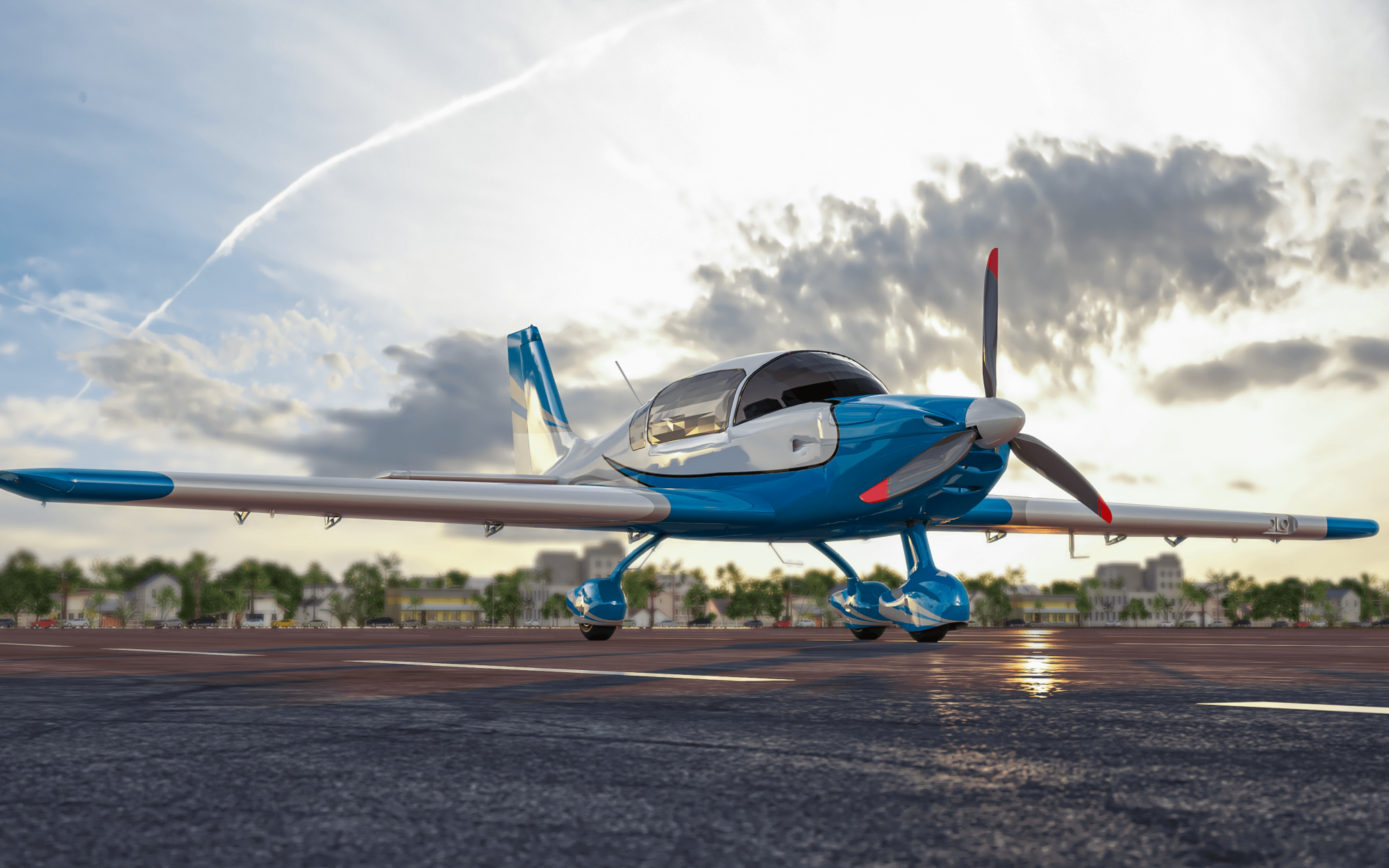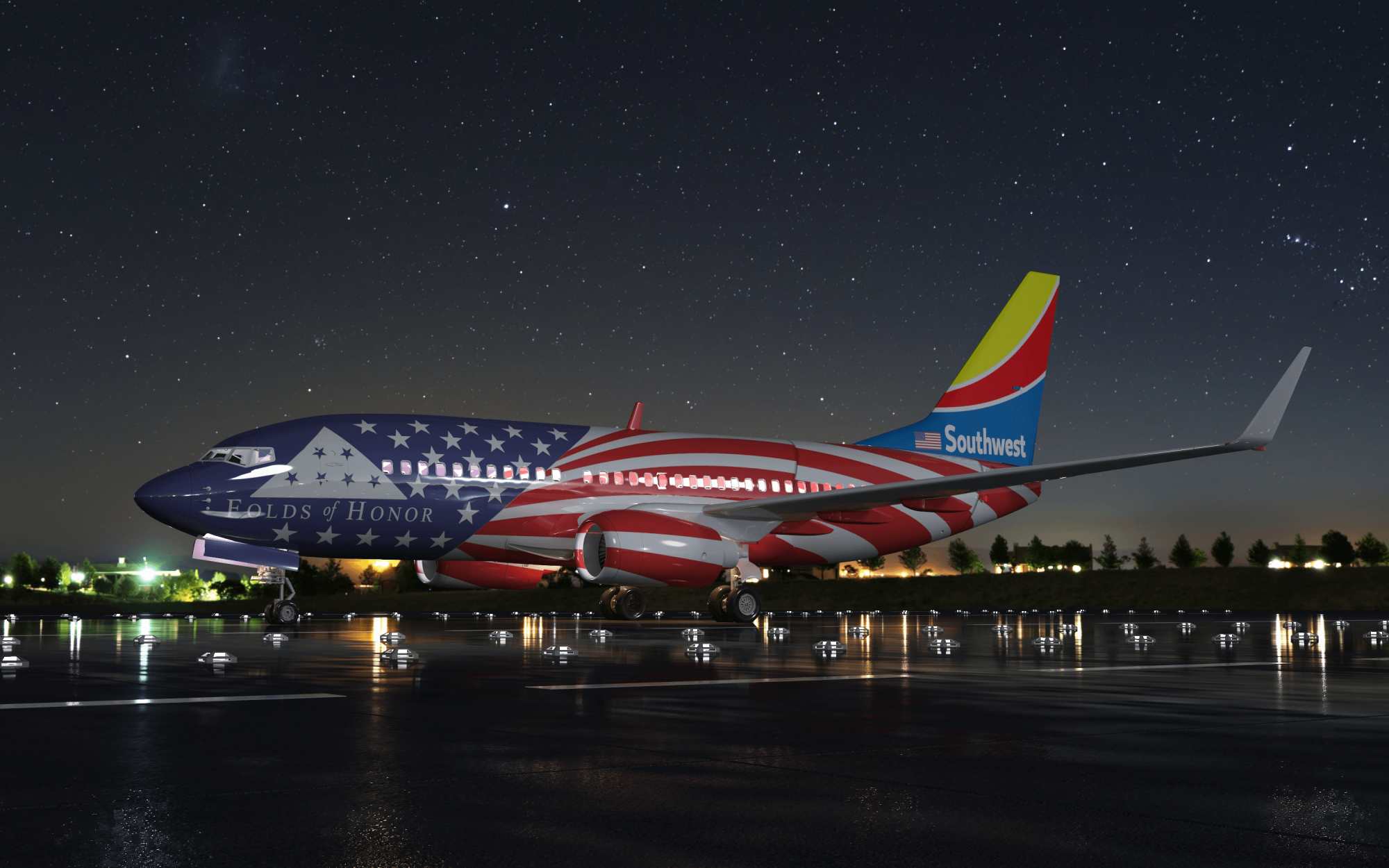Aircraft Branding: The Power of Color Psychology in Design
In the highly competitive aviation industry, branding plays a pivotal role in shaping passenger perception and creating lasting impressions. From the moment a traveler catches sight of an aircraft, its color scheme becomes a powerful representation of the airline's identity, values, and aspirations. As such, aircraft color schemes are meticulously crafted to evoke specific emotions and associations, leveraging the principles of color psychology to captivate and connect with their target audience.
Unlocking the Psychology of Color
Color psychology is the study of how different hues, shades, and tones influence human behavior, emotions, and perceptions. Each color carries its own unique set of psychological associations, often rooted in cultural and environmental factors. By understanding these inherent connections, airlines can strategically design color schemes that resonate with their desired brand positioning and messaging.
One of the most prevalent examples of color psychology in aviation is the widespread use of blue in aircraft liveries. Blue is a color that represents trust, reliability, and stability – qualities that are highly sought after in an industry where safety is paramount. Airlines like KLM, Delta, and JetBlue have all embraced various shades of blue in their color schemes, subconsciously communicating a sense of dependability and professionalism to their passengers.
In contrast, airlines like Virgin Atlantic and Cathay Pacific have chosen to incorporate vibrant shades of red into their color schemes. Red is a powerful color that conveys excitement, boldness, and passion – attributes that align well with these brands' positioning as innovative and dynamic players in the industry.
Creating Brand Associations through Color
Beyond evoking specific emotions, color schemes for aircraft play a crucial role in creating strong brand associations and reinforcing a company's identity. For airlines, the colors chosen for their aircraft often reflect their heritage, values, and desired positioning in the market.
Take, for example, the iconic livery of Emirates Airlines. The airline's distinctive red and gold color scheme is a nod to the rich cultural heritage of the United Arab Emirates, conveying a sense of opulence, luxury, and grandeur. This carefully curated aircraft color scheme not only sets Emirates apart from its competitors but also reinforces the brand's positioning as a premium carrier catering to discerning travelers.
Similarly, Singapore Airlines' iconic "Singapore Girl" livery features a distinct shade of blue and gold, evoking a sense of elegance and sophistication that aligns with the airline's reputation for exceptional service and attention to detail.
The Importance of Color Harmony and Consistency
While the strategic selection of colors is crucial, maintaining color harmony and consistency across all touchpoints is equally important in aircraft branding. A cohesive aircraft color scheme not only enhances brand recognition but also contributes to a seamless and immersive experience for passengers.
Leading airlines like Qatar Airways and Etihad Airways have mastered the art of color harmony in their aircraft color schemes. From the tailfins and fuselages to the interior cabin design and crew uniforms, every element is carefully coordinated to create a visually stunning and cohesive aesthetic experience.
Consistency in color schemes for aircraft extends beyond the physical aircraft itself. Airlines often incorporate their signature colors into various aspects of their operations, from airport signage and lounges to marketing materials and online platforms. This comprehensive approach ensures that passengers are immersed in the brand's identity from the moment they begin their journey, creating a seamless and memorable experience.
The Evolution of Aircraft Color Schemes
As the aviation industry continues to evolve, color schemes for aircraft are also undergoing a transformation. With the increasing emphasis on sustainability and environmental responsibility, airlines are exploring new ways to incorporate eco-friendly hues and designs into their liveries.
For instance, some airlines have adopted shades of green, representing their commitment to reducing their carbon footprint and promoting environmentally conscious practices. Others have opted for nature-inspired designs, featuring intricate patterns or images that celebrate the beauty of the natural world.
Additionally, advances in aircraft painting technologies have opened up new possibilities for creating dynamic and interactive aircraft color schemes. By incorporating advanced lighting technologies and digital displays, airlines can create truly immersive experiences that adapt to different contexts and environments. Imagine an aircraft livery that changes colors based on the time of day or location, or an interior cabin that adjusts its lighting and color scheme to promote relaxation or productivity.
The Future of Color Psychology in Aviation
As the aviation industry continues to evolve, the role of color psychology in aircraft branding and color schemes is likely to become even more significant. With the increasing emphasis on personalized experiences and emotional connections, airlines will need to leverage the power of color to differentiate themselves and create lasting impressions.
One emerging trend is the use of customizable aircraft color schemes, where passengers can choose or even design their own color preferences for their flight experience. This level of personalization not only enhances the passenger's sense of control and individuality but also allows airlines to gather valuable data on color preferences and associations.
Furthermore, advances in virtual and augmented reality technologies could enable airlines to showcase their color schemes for aircraft in immersive, interactive environments, allowing potential passengers to experience the livery and cabin design before ever stepping foot on the aircraft.
In an industry where first impressions are paramount, aircraft color schemes will continue to play a pivotal role in shaping passenger perceptions and creating lasting brand associations. By harnessing the power of color psychology and embracing innovative design approaches, airlines can differentiate themselves, evoke desired emotions, and craft truly unforgettable experiences for their passengers.





.png)
Comments
Post a Comment